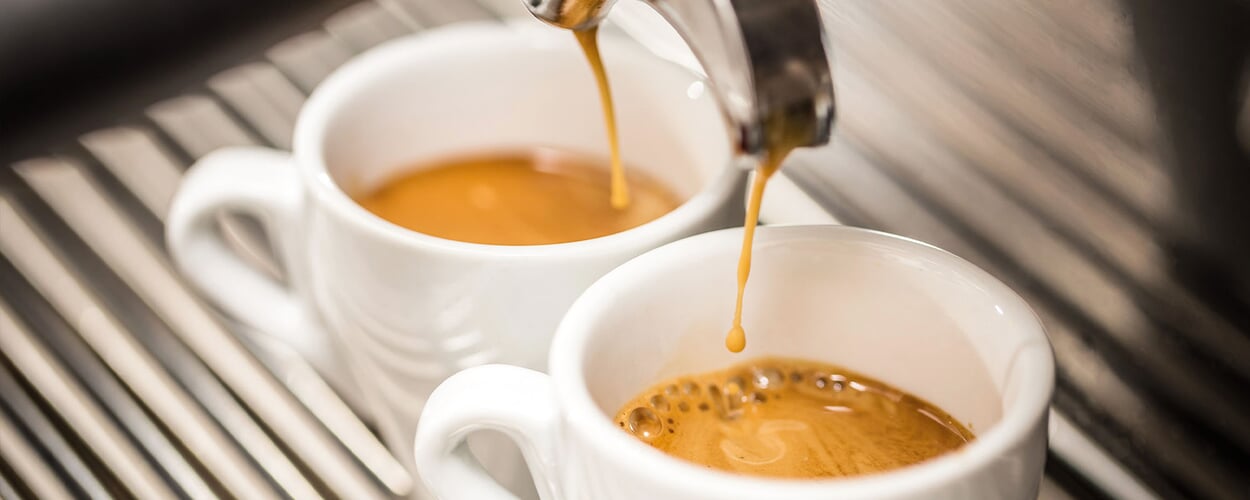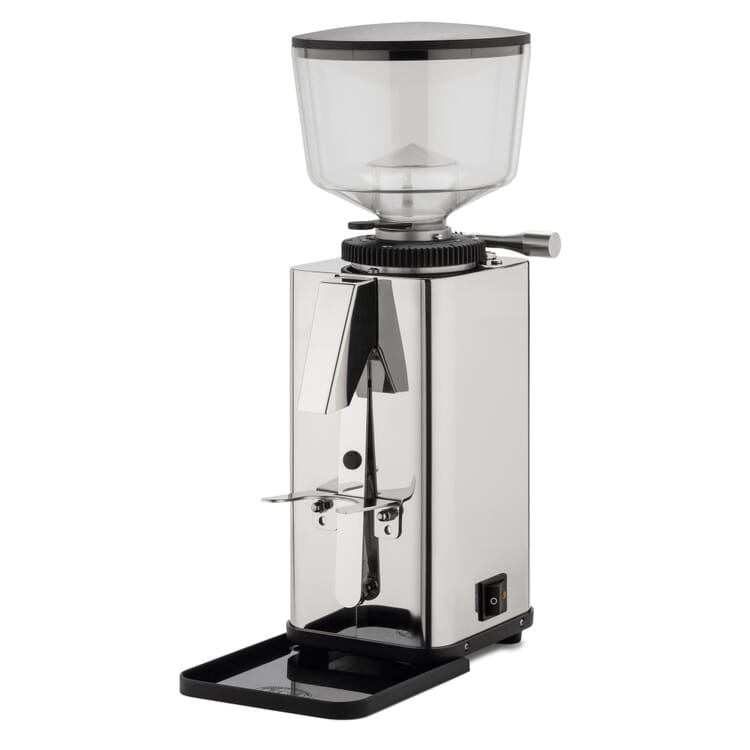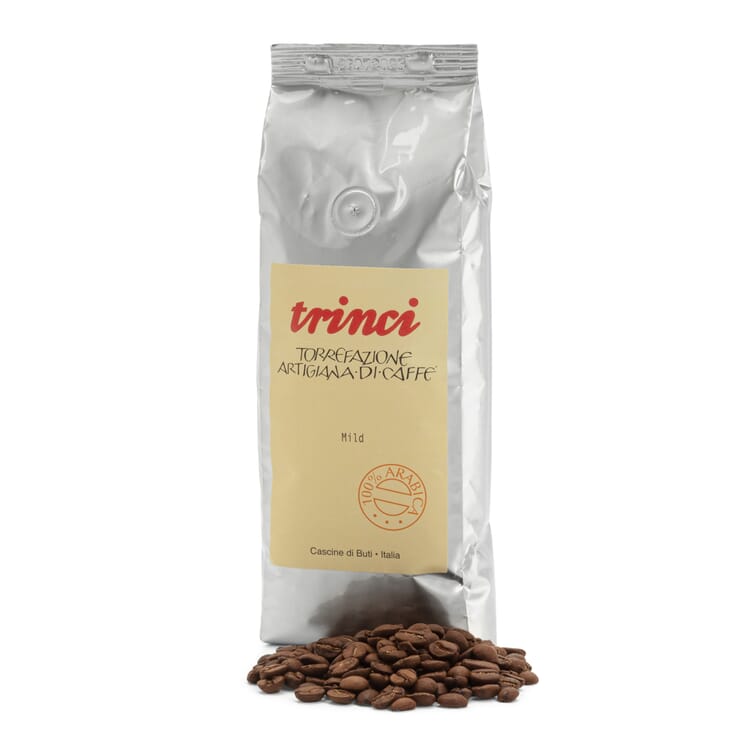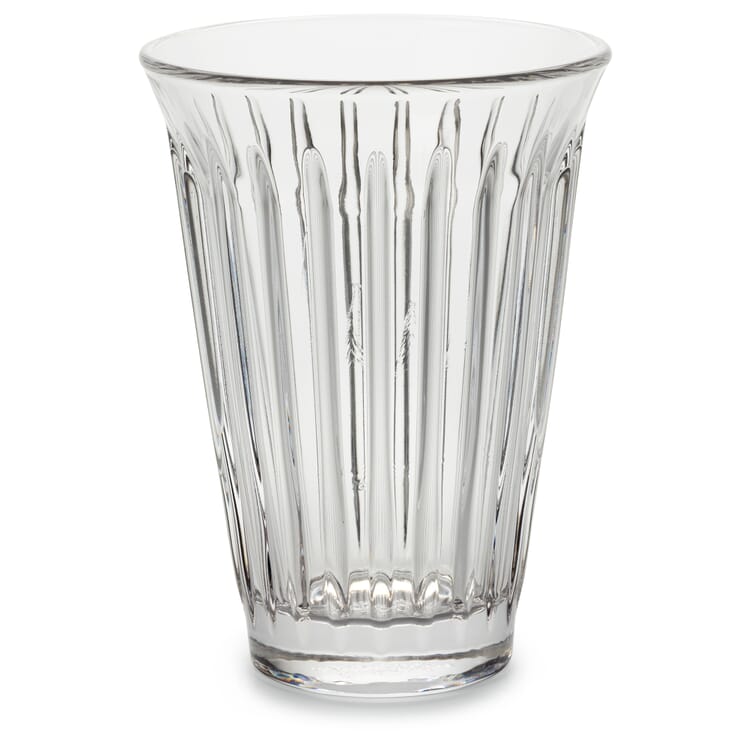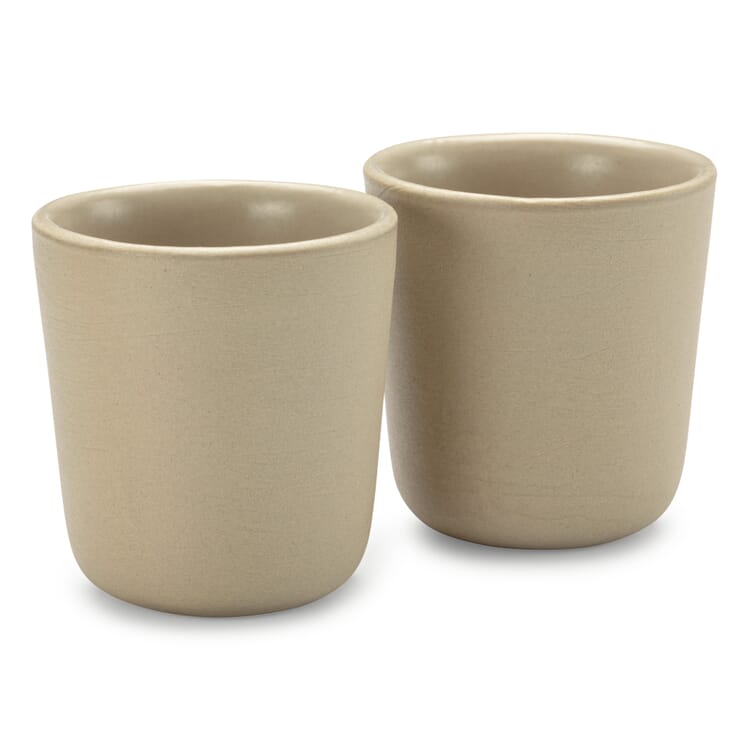Helpful tips
Bella crema: tips for espresso preparation
Most owners of an espresso machine are familiar with this situation: The new machine has been assembled, the operating instructions have been read, and now it's finally time to get started. So you quickly tear open a packet of espresso, put the powder in the portafilter, press it lightly, mount it in the brew group and press the button. What then happens: The espresso puddles out of the portafilter pretty quickly and the anticipation of a dense, strong espresso with a firm crema is initially clouded. Somehow, it doesn't taste much different than in the previously used stove-top machine. Of course, this cannot and must not be the case - and so further attempts are made, other machine owners are consulted...
We would like to provide you here with some useful and easy-to-follow information to increase your enjoyment of your machine and, of course, of a really good espresso.
1. the grinder brings it. Freshly ground beans are a must!
- The aroma of the coffee bean is a fleeting thing. Even the best ground coffee loses its full aroma over time. To achieve a really good result with your machine, you will sooner or later have no choice but to purchase a grinder to freshly grind the coffee beans for your espresso each time. The difference is truly striking and the difference in taste shows that this is not a tasteless statement. The grind you set on your grinder is just as crucial for the further progress of the espresso preparation
- The coffee grounds must not be too coarse, otherwise the water will run through too quickly, and if you grind the grounds too finely, you may find that not a droplet wants to leave the portafilter, even at the highest pressure. Here, only experience will get you further: you must write off the first 5 - 10 espresso cups as a necessary investment in this experience. Keep trying until the result is satisfactory. Once you have adjusted the grind, you will quickly notice that you still have to adjust the grind every now and then
- Whenever the weather changes, it rains outside, for example, or several dry and hot summer days have passed, the moisture content and thus the consistency of the coffee bean has also changed. Here, too, the only thing that helps is: try it out.
2. how much ground coffee in the portafilter? Do not be stingy with coffee.
- Many instructions for use specify quantities of 7 - 9 grams of ground coffee that you should put into the portafilter. As a rule, this is too little (depending on the size of the portafilter, of course)
- A simple rule can help: Fill the portafilter of your machine completely. Smooth out the ground coffee in the portafilter and repack the scale to weigh the ground coffee.
3. how firmly must the ground coffee be pressed?
- Equally misleading is the frequently read advice that the ground coffee should only be lightly pressed into the portafilter. Unfortunately, this is not correct either. First of all, you need a plunger for pressing that fits as precisely as possible into the portafilter of your machine so that the ground coffee can be pressed on evenly and consequently form a perfectly smooth surface
- You should not use the plunger and the portafilter at chest height. It should be placed lower, preferably at the height of the tapping box. The pressing is done with some force (without overdoing it) and a slightly rotating movement
- The goal is a well and firmly pressed "coffee cake" in the portafilter with a perfectly smooth surface. There should also be no more protrusion on the outer edges. Put it to the test: Turn the portafilter with the opening facing downward. The ground coffee must not fall out or trickle.
4. how long does it take to extract the espresso?
- If you follow these rules and engage the portafilter in the brew group, no more than a maximum of 20 seconds (but also no less than 15 seconds) should pass before you have approx. 2 cl of espresso in your cup. The espresso thus comes out of the portafilter into the cup in an initially slightly dribbling, then thin but steady stream.
5. the result
- The espresso you made with it has a darkbraune, slightly marbled crema with a firm consistency. The sugar test shows it: If you sprinkle loose sugar lightly on the crema (do not overturn it), it does not sink directly, but remains on the crema for a few seconds until it sinks into the espresso
- Everything else ultimately remains a matter of taste: longer extraction reveals stronger but also more bitter espressos. Less coffee grounds and lighter pressed in the portafilter results in a lighter (but partly also more watery) espresso.

